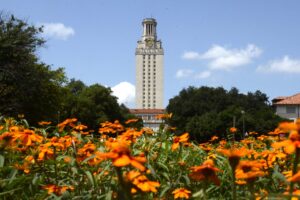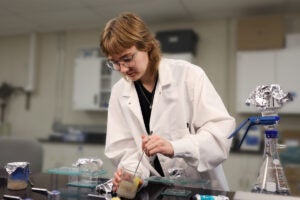While many exercise physiologists believe, or hope, that economy improves with training, they confess that it’s not clear what kind of training or how much it takes to make a difference. There are only a few documented cases of athletes whose economy improved. One was Paula Radcliffe, the British marathoner. Every year for 11 years, starting in 1992, she increased her running economy by about 1 to 3 percent. In the end, she ran 40 seconds to a minute faster per mile, without changing how much oxygen she took in. Then there was Lance Armstrong, studied by Edward Coyle, an exercise physiologist at the University of Texas, Austin. Over seven years from age 21 to 28, Mr. Armstrong gained about 1 percent a year in efficiency. And there was Steve Scott, a runner who broke the American record for the mile in 1982. In just 18 weeks of intense training, he improved his running economy by 5 percent, said Gary S. Krahenbuhl, an exercise physiologist at Arizona State University. Mr. Scott’s improved economy allowed him to run faster than the previous mile record holder, Jim Ryun the two runners were essentially equal in all other physiological measures, Dr. Krahenbuhl said. But, Dr. Coyle said, “whether an average person running an hour a day would experience the same benefit is the million-dollar question.” Researchers are finding that easy assumptions about exercise economy just don’t hold up under rigorous study.
The New York Times
Running Efficiency: It’s Good, but How Do You Get It?
(Oct. 11)



